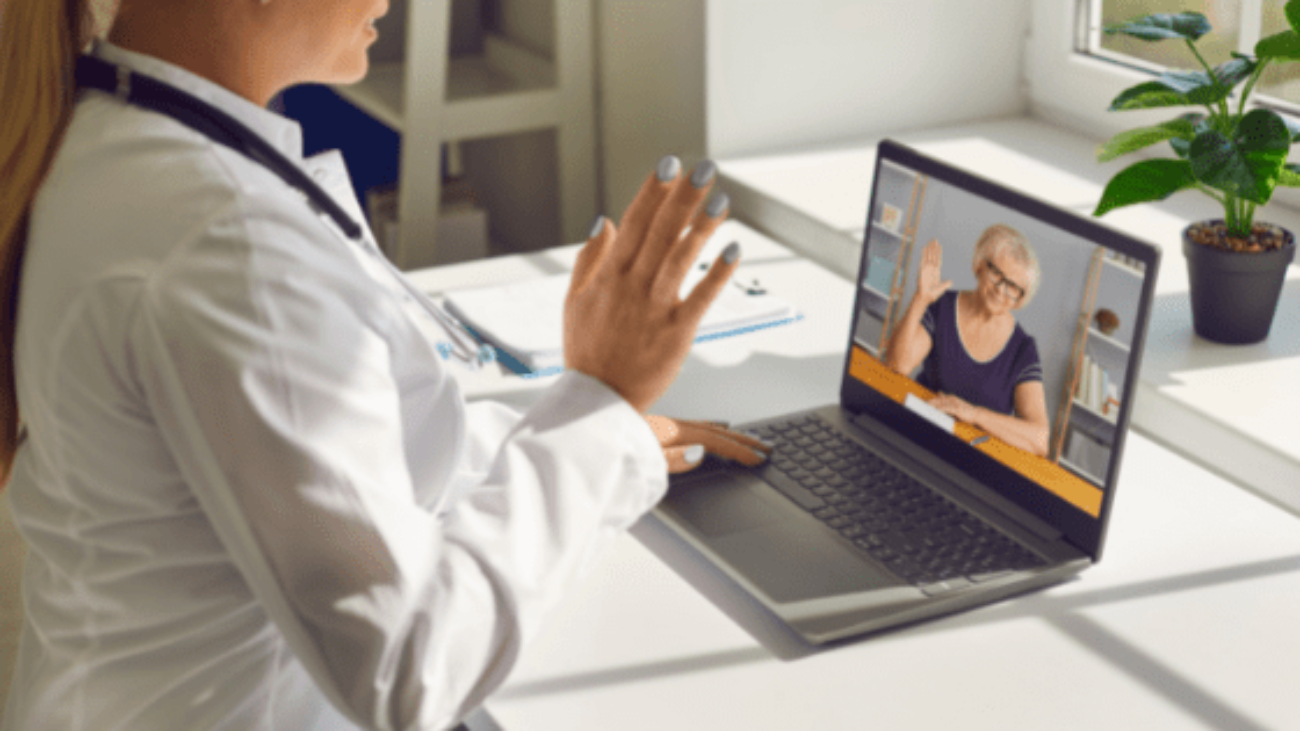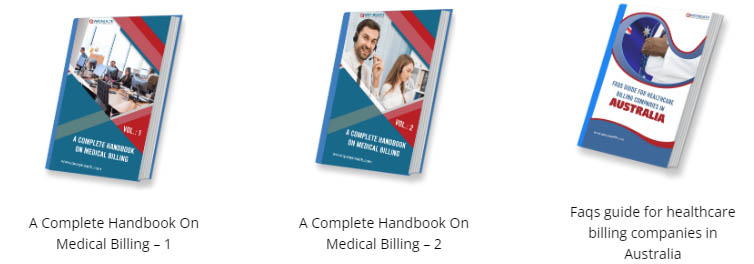Telehealth has been a highly resourceful service provider for patients throughout the USA since the beginning of the pandemic in 2020. However, the recent change of codes in telemedicine put forth by the Centers for Medicare and Medicaid Services aims to change the telehealth billing landscape by bringing more clarity into the system. POS 2 and POS 10 in medical billing should be able to achieve the same goal successfully.
But before going into the details of the coding changes suggested by the CMS, it is essential to know why the place of service code is vital for medical billing purposes. What are the implications of the change in POS codes in telehealth? Why is it essential for the medical billing teams to take note of the coding changes both for private insurance companies and Medicare? Read on to know more.
Why is Place of Service important in Medical Billing?
Place of service (POS) codes are crucial for correctly preparing the claims. As evident from its name, the place of service code denotes the place at which the provider has rendered the medical services to the patient. The POS code should be coupled with the correct treatment or procedural code. Otherwise, the insurance company will deny the claim.
POS 2 and POS 10 in Medical Billing
Place of service code 2 has undergone some changes in its description, while POS 10 is a new code added to the list by the CMS. Here are the details you need to know:
- POS 2: The description of this code was changed to accommodate the patient receiving medical services in a place that is not their home. According to the CMS, the new explanation of POS 2 now reads as: “The location where health services and health-related services are provided or received, through telecommunication technology. Patient is not located in their home when receiving health services or health-related services through telecommunication technology.”
- POS 10: This is a new code added to the list of POS codes aiming to target the patients receiving medical services in their homes. The new POS 10 code description reads: “The location where health services and health-related services are provided or received, through telecommunication technology. Patient is located in their home (which is a location other than a hospital or other facility where the patient receives care in a private residence) when receiving health services or health-related services through telecommunication technology.”
Difference in Medicare Guidelines
Though the CMS proposed changes to POS 2 and introduced a new code, POS 10, to improve the specificity conditions of telehealth billing, Medicare itself does not accept the new codes in practice as of now. In its press release, Medicare has said that the healthcare industry is in more need of a specific place of service codes for telehealth than Medicare. Therefore they have asked their MACs to continue with their usual coding requirements and not include POS 2 and POS 10 in medical billing.
Here are the points to remember when billing for Medicare:
- Place of service code would be the same as the service is provided in person.
- You will have to use Modifier 95 to indicate that the service took place via telecommunication channels.
Given the current telehealth rules, the services will be required to be billed at the following originating sites:
- Provider’s office
- Inpatient or Outpatient Hospital
- Critical Access Hospital
- Rural Health Clinic
- Skilled nursing facility
- Federally qualified health center
- Hospital-based or critical access hospital-based renal dialysis center
- Community mental health center
The above-originating sites are covered under the new description of POS 2. Medicare has advised against using POS 2 and POS 10 for Medicare billing. However, experts in the healthcare industry said that it is advisable to be ready for change as the CMS and other healthcare authorities prepare themselves for a new coding workflow after the Public Health Emergency.
Telehealth Coding Guidelines for Private Insurance Companies
With POS 2 and POS 10 in the telehealth coding ecosystem, there have been several doubts in the minds of coding professionals regarding the use of the new codes in different scenarios. Medicare has still not opened up for the usage of the new regulations in its billing requirements. However, coding professionals should be careful while using the two codes since private insurance companies follow separate rules regarding the usage. For example, some insurance giants have instructed their partners that they should start using the new codes right away.
Some other insurance companies have announced that they will decrease the payment percentage when POS 2 or POS 10 are used in the coding sheet. A section of the insurance companies has also advocated the need for extending the telehealth provisions beyond the Public Health Emergency.
Therefore the coding professionals must follow the specific guidelines put forth by the individual private insurance companies to get a clear view of which codes to use. Any discrepancy in the coding practices for not staying up-to-date with the payer guidelines could lead to providers losing revenue.
Professional Coding Services for Telehealth Billing
With several changes coming forth in the coding ecosystem in light of the changing nature of the Public Health Emergency, it could get overwhelming for the in-house team to manage the situation with ease. Professional coding services from experienced revenue cycle management companies could be an excellent choice to ensure that your claims are in the right place. Coding professionals from RCM companies undergo regular training to stay updated on the latest changes in the coding guidelines for different specialties.
One mistake in assigning codes could lead providers to lose out on thousands of dollars worth of revenue, which is often difficult to retrieve. Get in touch with a professional RCM company and undergo a financial evaluation. Identify the pain points keeping you from improving your cash flow and let the professionals work on them to alleviate your issues.
We hope this blog helped you understand how telehealth changes with POS 2 and POS 10 in medical billing gaining significance. Please reach out to us in the comment section below in case of any queries. Subscribe to our blog for more such updates on medical billing and healthcare financial management services. Follow us on LinkedIn, Facebook, Instagram, and Twitter.





